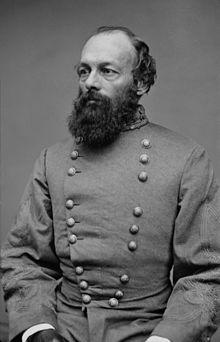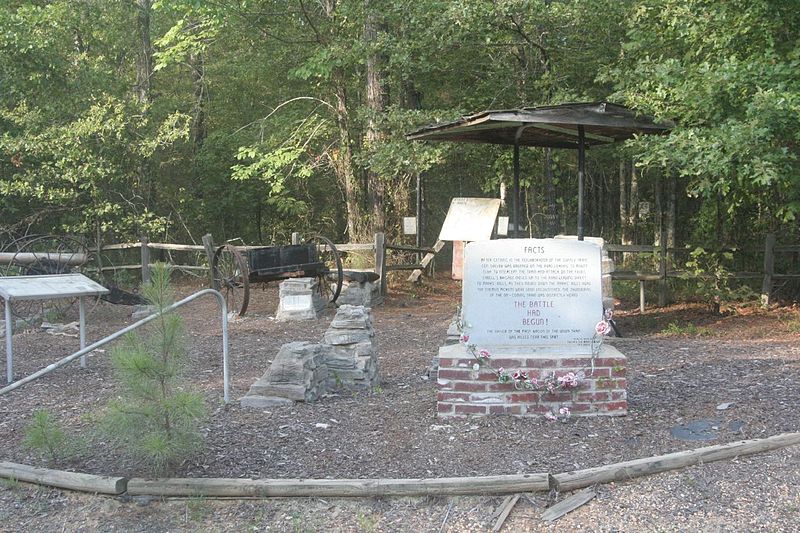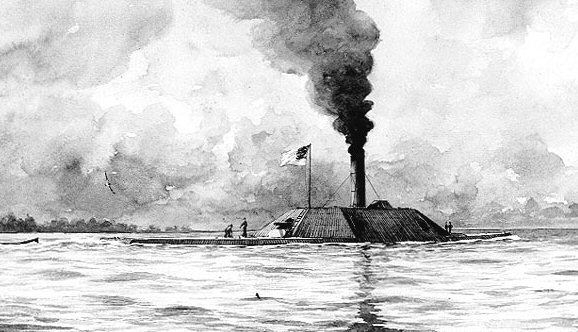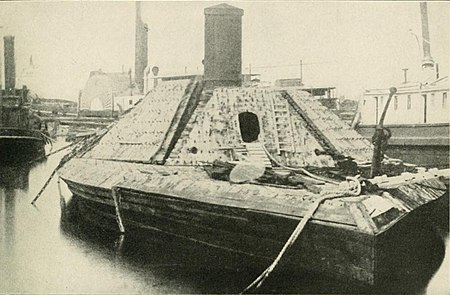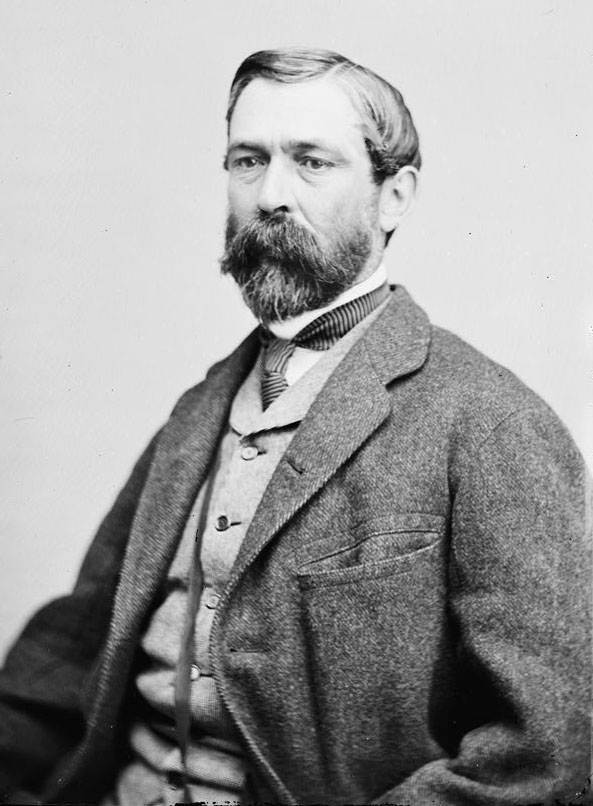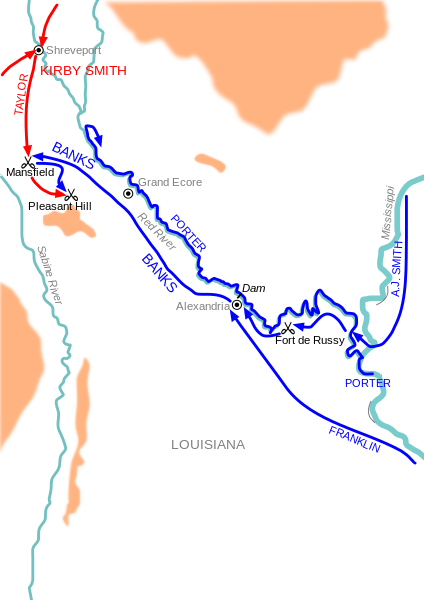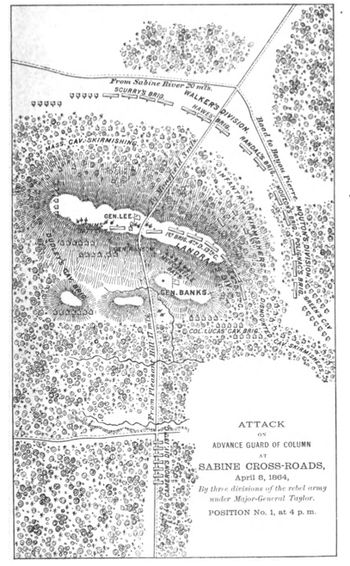Nathan Bedford Forrest fought in many raids and battles in the Civil War, but his most controversial by far was his attack on Fort Pillow 150 years ago today. By this point he was nearly a month into a raid on the Union positions in Tennessee and Kentucky. He decided to attack Fort Pillow to capture the supplies that the fort held. Fort Pillow was built by Confederate general Gideon Pillow in 1862, but it was abandoned and garrisoned by the Federals. It was built on a bluff on the Mississppi River, its three walls protected by six cannon. When Forrest attacked the garrison was 500-600 men, half white and half black. The Confederates were at least three times as numerous.

Forrest arrived at the fort, which was already surrounded by Confederate troopers, at 10:00 on April 12. He deployed sharpshooters on hills that overlooked the fort, and they opened up a scattered fire. It was not long before they scored a hit – Major Lionel Booth, the forts commander, was killed. Confederates also occupied the barracks which the Federals had failed to destroy, putting them only 150 yards from the fort's parapet.
At 3:30, with his men in position to attack, Forrest sent the Union commander this ominous note:
The conduct of the officers and men garrisoning Fort Pillow has been such as to entitle them to being treated a prisoners of war. I demand the unconditional surrender of the entire garrison, promising that you shall be treated as prisoners of war. My men have just received a fresh supply of ammunition, and from their present position can easily assault and capture the fort. Should my demand be refused, I cannot be responsible for the fate of your command.
Major William Bradford, who had assumed command after Booth's death, asked for one hour to consider the situation, Forrest would only give him 20 minutes. Bradford send a final message, “We will not surrender.” A bugle sounded the charge, and the Confederates surged toward the walls.
Under covering fire from the sharpshooters, the rebels rushed toward the fort and into the ditch. The Federals were kept down by the sharpshooters' bullets, and were not able to stop the assailants. The Confederates climbed on each others shoulders, making their way on top of the 6 – 8 foot wall. As they reached the top of the embankment, their fired their weapons into the crowd of bluecoats below. A Union gunboat, USS New Era was on the river, and the Federals fell back in disorder, hoping to get picked up by the ship. They were unable to reach the ship, which did not even aid them with its fire. The gun ports remained sealed for fear of the southern sharpshooters.

When the Confederates had burst into the fort, the Federals had fled towards the gunboat without trying to surrender or hauling down the flag. Some still carried their weapons, and fired back at the attackers. Others threw down their arms and tried to surrender. The rebels, with adrenaline high after their dangerous advance, continued to kill indiscriminately. One Union naval officer on the scene wrote in his report:
All the wounded who had strength enough to speak agreed that after the fort was taken an indiscriminate slaughter of our troops was carried on by the enemy with a furious and vindictive savageness which was never equaled by the most merciless of the Indian tribes. Around on every side horrible testimony to the truth of this statement could be seen. Bodies with gaping wounds, some bayoneted through the eyes, some with skulls beaten through, others with hideous wounds as if their bowels had been ripped open with bowie-knives, plainly told that but little quarter was shown to out troops.
There is no doubt that a massacre of some kind did take place. The Federals had about 350 killed, 60 wounded and 164 captured. The Confederates lost only 14 killed and 86 wounded. It is also clear that the colored troops were especially targeted. Only 20% of the black troops survived the battle, as opposed to 60% of the white Federals. Confederates defended their actions by arguing that the Federals had been warned of the consequences of refusing to surrender, the fort had never been officially surrendered, and the officers attempted to stay the slaughter.
Whether or not the Confederates could justify the slaughter in any way, it was seen as a horrible massacre by the people of the north. Lincoln and his cabinet considered retaliation, but none was ever made. As the news spread through the country the northerners saw their foes as less civilized. They began to see the southern troops as murders, would would massacre the colored troops in cold blood. This perception would have an impact in future battles, and on reconstruction after the war.











